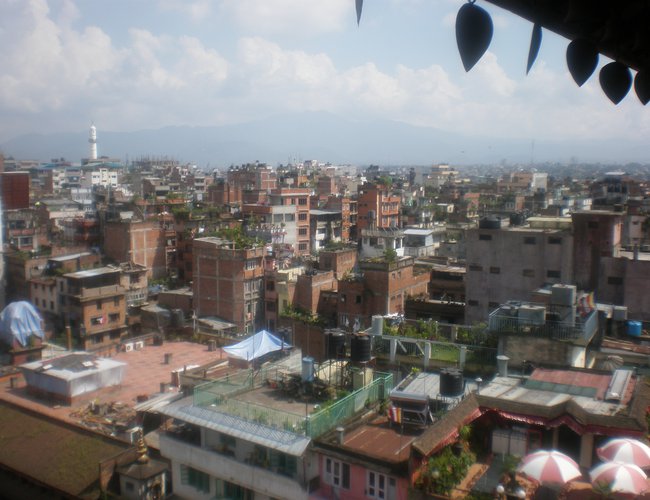
The corridor of land encompassing China, India and Nepal is one of the most fascinating that we are likely to encounter in the coming one or two decades.
If one were to splice a map of Asia right down the middle, chances are that you would break Nepal in half equally.
In that sense, the relevance of Nepal greatly surpasses the general view that this is primarily a country hemmed in and constrained by two much larger countries whose influence and impact far outweigh anything that Nepal can accomplish on its own.
In this new and evolving international political environment, Nepal is poised to play a very significant role as a robust interlocutor of both China and India and thereby to contribute to the greater enhancement of Asia itself.
But in order for this to happen, Nepal must first get its own house in order and stabilise its domestic situation politically and economically. This is a tall order.
It is far too early to conclude that the recent elections – won by a Communist bloc that is generally more favourable towards China – will bring Nepal to that equilibrium point called “political stability”.
If however the current political class and the custodians of the new “federal-democratic-republican” order that emerged after years of internal conflict can succeed in uniting and rapidly developing the nation and its people, Nepal has a golden opportunity to become a key ingredient of a compelling three-country partnership that can contribute substantially to regional peace, stability and development.
It is important that China, India and Nepal (in alphabetical order) consciously and gradually work together to realise this.
But one of the problems is that contemporary commentary and analysis tends to focus heavily on themes related to competition and antagonism vis-à-vis India and China in the context of Nepal.
From the very beginning, Nepal and the Himalayas for which she is famed, have each been defined as a “buffer” between India and China, or as a “natural barrier” for India against China. These are negative depictions of the tremendous potential inherent in a genuine coming together of these three states.
What is the prognosis of this actually happening and how do we get there? Many scholars and analysts these days tend to see a gradual shift towards China in the “influence index” that gauges its relative power against India in this context.
While India has traditionally possessed a far greater level of clout in the economy and political evolution of Nepal, the scope and intensity of Chinese engagement has witnessed a considerable uptick over the past decade or so.
Naturally, we can expect a certain level of friction as these two large countries rub shoulders more closely and frequently in Nepal in the coming days.
However, the burden will also fall on Nepal to make the right movements and proceed prudently yet firmly, to shore itself up in the first instance and then to provide the necessary confidence to both India and China to engage with Nepal in a more robust fashion.
There is no doubt that a collaborative effort of China, India and Nepal to find common solutions to numerous development and environmental challenges, as well as to promote equitable economic growth in this corridor, is not only highly desirable but also the need of the hour.
The China, India, Nepal corridor sits astride in the middle of Asia and has the ability to exert a tremendous positive influence on the region as a whole.
A proper chaperoning and nurturing of this three way relationship has the potential to mitigate so many of the constraints and impediments to peace and advancement in Asia.
On the other hand, mismanagement and neglect of China-India-Nepal relations would continue to spawn rivalry and one-upmanship that can only bode ill in the long term and completely fail to realise the ideal of peace so eloquently articulated by the Buddha, whose common thread already ties the three countries.
Courtesy: South China Morning Post













